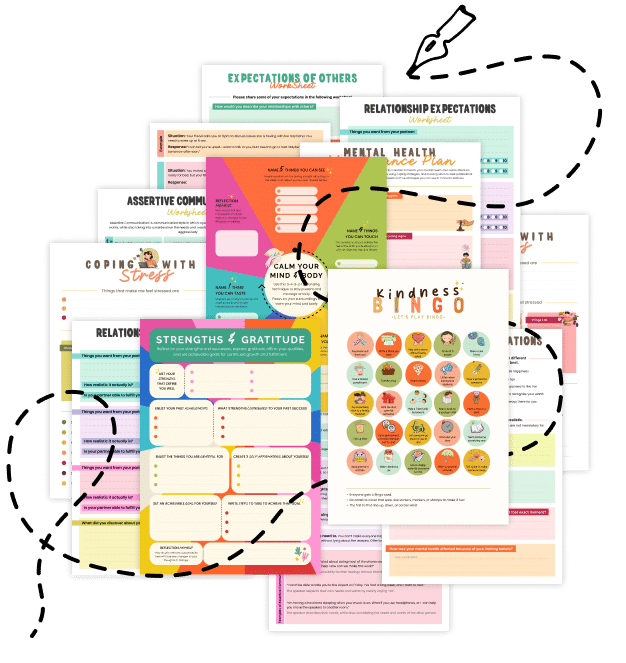20 Things You Should Know About Flashbulb Memories
Discover flashbulb memories—vivid, detailed recollections of emotionally charged events. Explore 20 insights on how they form, why they feel so real, and what influences their accuracy.
1. What Are Flashbulb Memories?
Flashbulb memories are vivid, detailed recollections of the moment you learned about a significant, emotionally charged event. They often include sensory details and emotional context, making them feel as clear as a snapshot.
2. The “Flashbulb” Analogy
They’re called “flashbulb” memories because, like a camera flash, they seem to capture a moment in bright, enduring detail—even if the actual event was not visually dramatic.
3. Vividness and Emotional Intensity
They are marked by their vividness. You might recall exactly where you were, what you were doing, and even the weather at the time you heard the news.
4. Common Examples
People often experience it for events such as:
- Major national tragedies (e.g., 9/11 attacks)
- Personal milestones (e.g., the birth of a child)
- Unexpected crises (e.g., a sudden loss)
5. Role of Emotions
Strong emotions—whether fear, joy, or shock—play a central role in forming flashbulb memories. Emotional arousal helps “lock in” these memories more firmly than neutral events.
6. Involvement of the Amygdala
The amygdala, a brain region key to processing emotions, is heavily involved in encoding flashbulb memories. Its activation during an emotional event enhances the memory’s durability.
7. Autobiographical Memory
Flashbulb memories are a type of autobiographical memory, meaning they are linked to your personal history and identity. They often shape how you remember your past.
8. Subject to Change Over Time
Despite their clarity, flashbulb memories are not immune to distortion. Research shows that, over time, details can change—even if you feel they are perfectly accurate.
9. Confidence vs. Accuracy
People tend to be very confident in the accuracy of their flashbulb memories. However, studies suggest that the vividness of these memories doesn’t always mean they are 100% reliable.
10. Repeated Retelling
Each time you recall or discuss a flashbulb memory, you risk reconsolidating it—possibly altering some details. This repeated retelling can subtly modify the original memory.
11. Social and Cultural Impact
They often serve as a shared cultural touchstone. For example, many people remember exactly where they were during landmark events, contributing to a collective memory.
12. Role in Identity Formation
These memories can become a core part of your identity, influencing your beliefs, attitudes, and even how you relate to the world around you.
13. Triggered by Cues
Certain cues—like anniversaries, news reports, or conversations—can trigger flashbulb memories, bringing the vivid details and emotions back to the forefront.
14. Therapeutic Insights
In therapy, exploring flashbulb memories can help uncover how past events influence current emotions and behaviors. Understanding these memories may aid in processing trauma or unresolved issues.
15. Research and Measurement
Psychologists study flashbulb memories through surveys and interviews, asking participants to recall detailed aspects of their experiences. These studies shed light on memory formation and distortion.
16. Implications for Eyewitness Testimony
Because flashbulb memories feel so real, eyewitnesses may rely heavily on them—even when details have changed. This has important implications in legal contexts, where confidence may not equal accuracy.
17. The Role of Context
The context in which an event is experienced (e.g., being with family or alone) can influence how the memory is encoded and later recalled, highlighting the interplay between environment and memory.
18. Differences Across Individuals
Not everyone forms flashbulb memories with the same intensity. Individual differences—such as personality traits, emotional sensitivity, and prior experiences—affect the strength and clarity of these memories.
19. The Science of Memory Consolidation
Flashbulb memories provide insight into the broader process of memory consolidation, where short-term memories are stabilized into long-term storage, often influenced by emotional arousal and sleep.
20. Related Topics to Explore
- Memory Reconsolidation: How recalling and updating memories can alter their content.
- Emotional Granularity: The ability to distinguish between nuanced emotions, which can affect memory encoding.
- Cognitive Defusion: Techniques for distancing yourself from intrusive memories.
- Interoceptive Awareness: Tuning into your internal signals that may interact with how you experience events.
Quick Tips for Managing Flashbulb Memories
- Reflect Mindfully: Take time to revisit these memories with a critical yet gentle perspective.
- Journal Your Experience: Writing down the details can help you track changes over time and process the emotions involved.
- Discuss with Others: Sharing memories can provide new perspectives and help calibrate your recollections.
- Verify Facts: Where possible, cross-check details with reliable sources to understand how your memory may have shifted.
- Seek Professional Support: If a flashbulb memory is distressing or interfering with daily life, consider talking to a mental health professional.
Flashbulb Memories offer a fascinating window into how our brains capture and preserve moments of intense emotion. While these memories can be strikingly vivid and deeply personal, they are also subject to change and distortion over time. By understanding the mechanisms behind flashbulb memories, you can appreciate their role in shaping personal and collective history—and learn practical strategies for managing their impact on your life.
Share this article with anyone curious about the mysteries of memory. Understanding flashbulb memories might just change the way you recall the most significant moments of your life!

